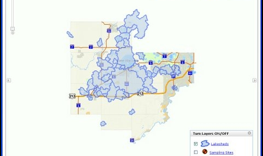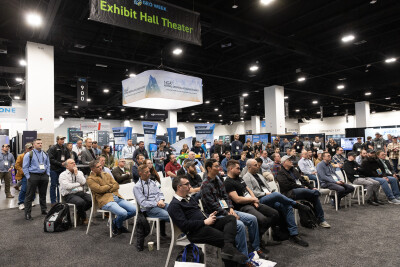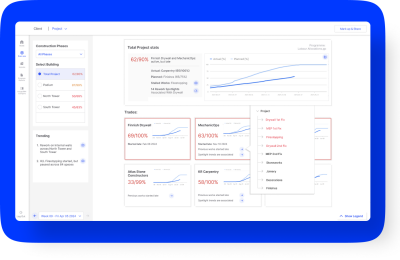.png)
Modules will focus on conservation applications of 3D technology
ST. PAUL, Minn. – The State of Minnesota is just wrapping up lidar collection that will encompass nearly all of its 87,014 square miles. That’s great. But does anyone know how to actually use that data?
The University of Minnesota’s Water Resources Center is at least one group that’s working on that. In March, the group will begin a grant-funded series of workshops that focus on Conservation Applications of Lidar, with topics ranging from the very basics of using lidar data in the first place to an advanced course on wetlands mapping. The courses are scheduled out through August, are generally either a half for full day, and cost no more than $60 for the opening two-day course. Costs are offset by the $180,000 grant from Minnesota’s lottery-fueled Environment and Natural Resources Trust Fund (see the grant proposal here).
“These are hands-on workshops,” said project coordinator Ann Lewandowski in an interview with SPAR. “We’re really targeting the public sector, the county conservation people at whatever level … How do you use this lidar data that’s freely available across the state?”
Instructors include Joel Nelson from UM’s Department of Soil Water and Climate; Pete Cooper, Peter Mead, and Lea Holter from USDA-NRCS; and Joe Knight, Paul Bolstad, and Andrew Jenks of UM’s Department of Forest Resources. Attendees are expected to have at least an intermediate knowledge of ArcGIS and everyone has to take the “101” basics course before diving into any of the other modules.
But what’s the central selling point here? “Mostly it’s speed,” said Lewandowski. “You can do the work in your office, where before you could only do it out in the field. When we look at things like where should we be putting our buffer strips or our holding ponds, or whatever kinds of erosion control or water protection actions we want to install,” lidar can make the decision-making more efficient and cost-effective.
For example, “With the terrain analysis module, you can look at, for each pixel, how much area drains to that point and how steep is it there,” said Lewandowski, “so once you’ve got a map of that, you have a map of where the gully is forming, and now you can come up with a map in your office of all the gullies in your watershed, and then go out in the field and look at that.”
It’s not going to replace all terrestrial surveying, of course, but lidar provides opportunity for pre-engineering, comparing different sites, and figuring out which sites to pursue first. “That’s going to make you a lot more efficient and a lot more targeted,” she said.
This might be something other states or universities can replicate as well. Lewandowski will be preparing a poster about the project for the National Water Conference, to be held May 20 through 24 in Portland, Ore.






